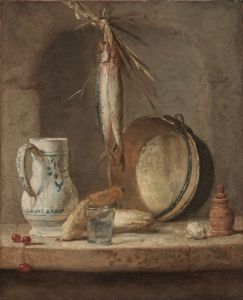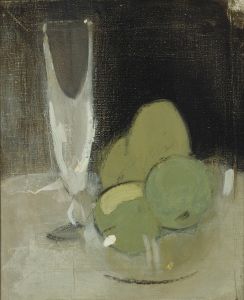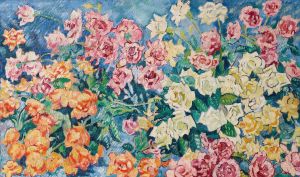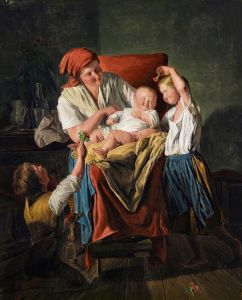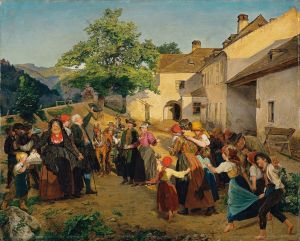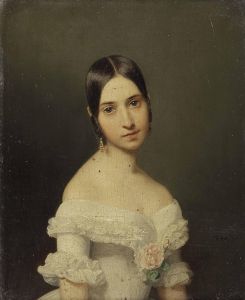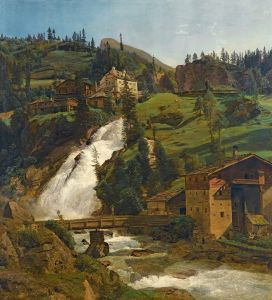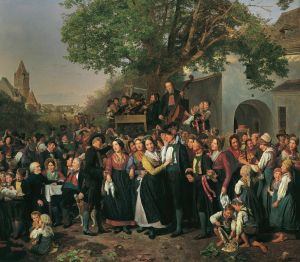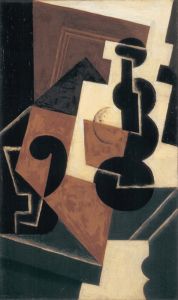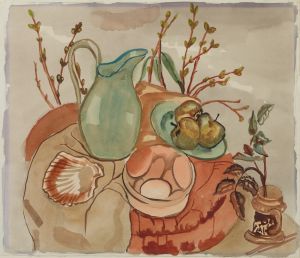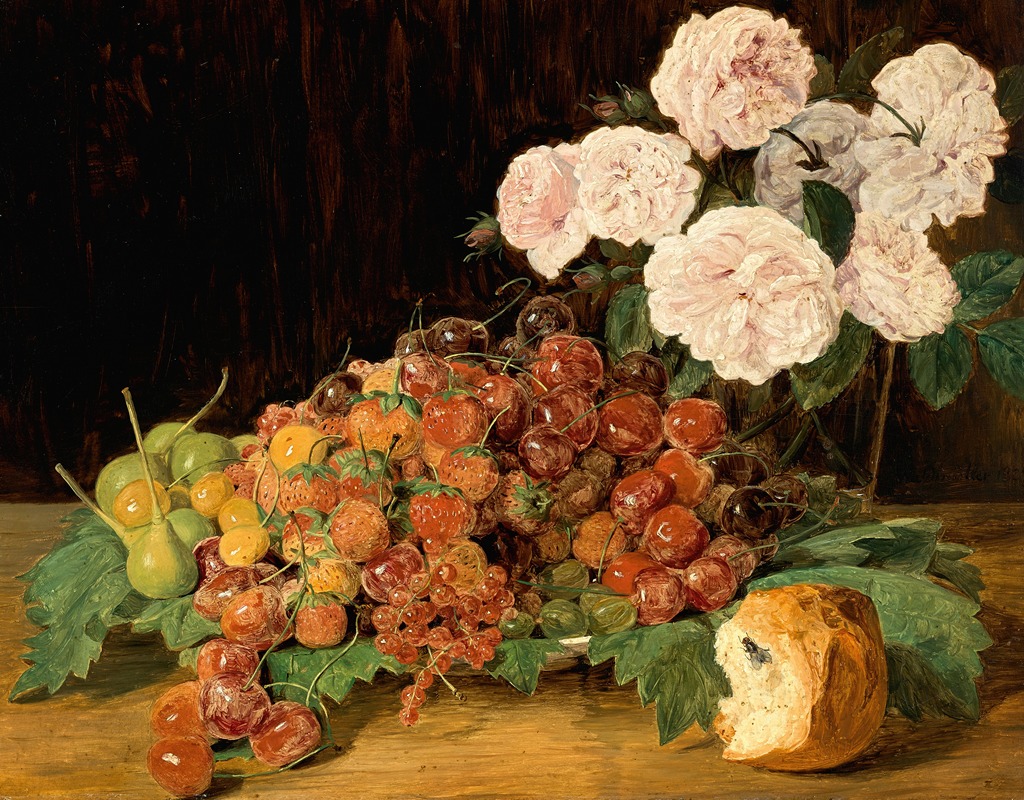
Stillleben mit Rosen, Erdbeeren und Brot
A hand-painted replica of Ferdinand Georg Waldmüller’s masterpiece Stillleben mit Rosen, Erdbeeren und Brot, meticulously crafted by professional artists to capture the true essence of the original. Each piece is created with museum-quality canvas and rare mineral pigments, carefully painted by experienced artists with delicate brushstrokes and rich, layered colors to perfectly recreate the texture of the original artwork. Unlike machine-printed reproductions, this hand-painted version brings the painting to life, infused with the artist’s emotions and skill in every stroke. Whether for personal collection or home decoration, it instantly elevates the artistic atmosphere of any space.
"Stillleben mit Rosen, Erdbeeren und Brot" (Still Life with Roses, Strawberries, and Bread) is a painting by the Austrian artist Ferdinand Georg Waldmüller. Waldmüller, born on January 15, 1793, in Vienna, was a prominent figure in the Biedermeier period, known for his detailed and realistic depictions of everyday life, landscapes, and still lifes. He is considered one of the most important Austrian painters of the 19th century.
This particular painting, "Stillleben mit Rosen, Erdbeeren und Brot," exemplifies Waldmüller's mastery in still life composition. The artwork showcases a meticulous arrangement of roses, strawberries, and bread, capturing the textures and colors with remarkable precision. Waldmüller's attention to detail and his ability to render the natural beauty of these objects are evident in the lifelike quality of the painting.
The roses in the painting are depicted in full bloom, with delicate petals and rich hues that contrast beautifully with the green leaves. The strawberries are presented in a way that highlights their freshness and ripeness, with a vibrant red color that stands out against the other elements. The bread, with its crusty exterior and soft interior, adds a sense of warmth and homeliness to the composition.
Waldmüller's approach to still life painting was influenced by his desire to capture the essence of the objects he depicted. He often used natural light to enhance the realism of his works, creating a sense of depth and dimension. This technique is evident in "Stillleben mit Rosen, Erdbeeren und Brot," where the interplay of light and shadow adds to the overall realism and beauty of the painting.
Throughout his career, Waldmüller was dedicated to the principles of realism and naturalism. He believed that art should reflect the true nature of its subjects, and he strived to achieve this through careful observation and precise execution. His still lifes, including "Stillleben mit Rosen, Erdbeeren und Brot," are celebrated for their clarity, composition, and attention to detail.
Waldmüller's contributions to art extended beyond his paintings. He was also an influential teacher and writer, advocating for the importance of realistic representation in art. His works have been exhibited in various museums and galleries, and he remains a significant figure in the history of Austrian art.
"Stillleben mit Rosen, Erdbeeren und Brot" is a testament to Waldmüller's skill and dedication as an artist. It captures the beauty of everyday objects with a level of detail and realism that continues to be admired by art enthusiasts and scholars alike. The painting is a fine example of Waldmüller's ability to transform simple subjects into works of art that resonate with viewers on a deeper level.





